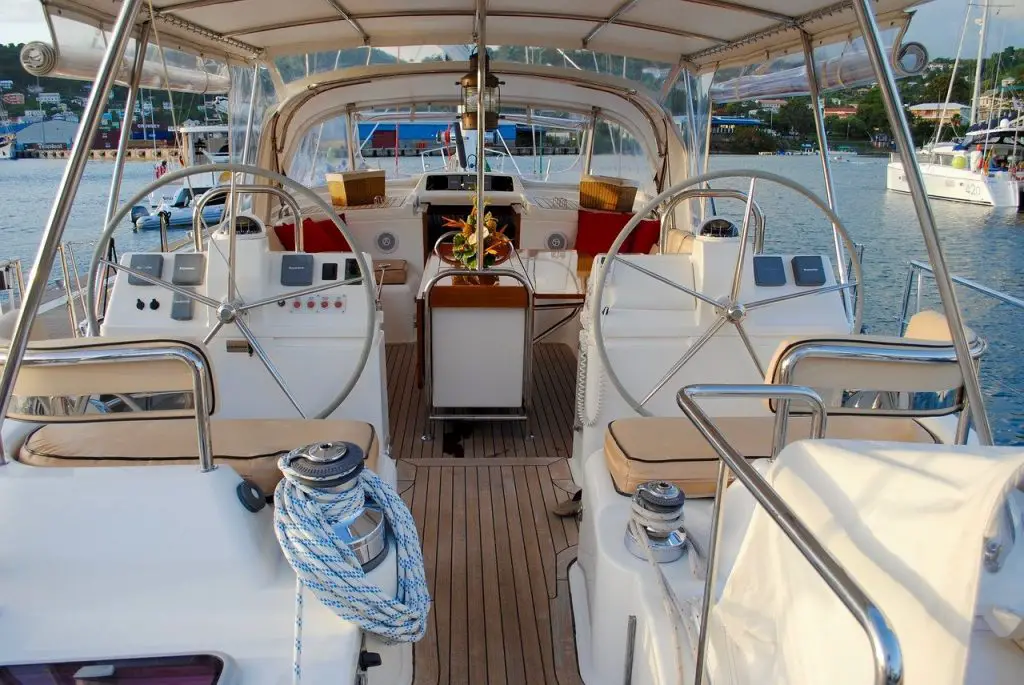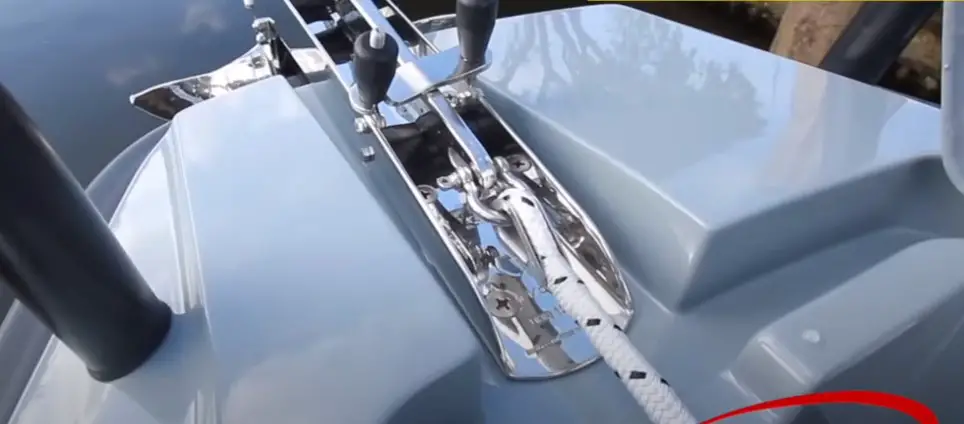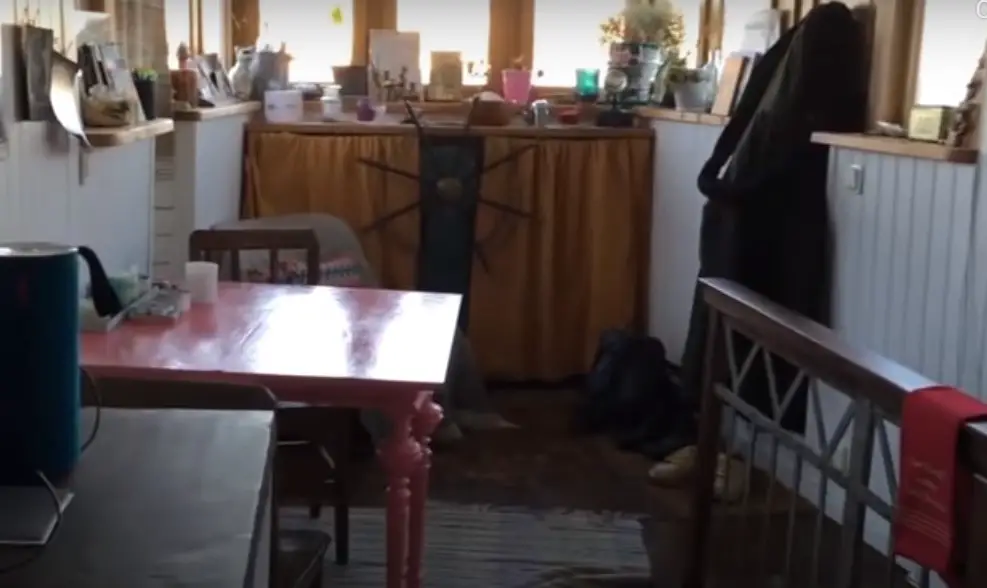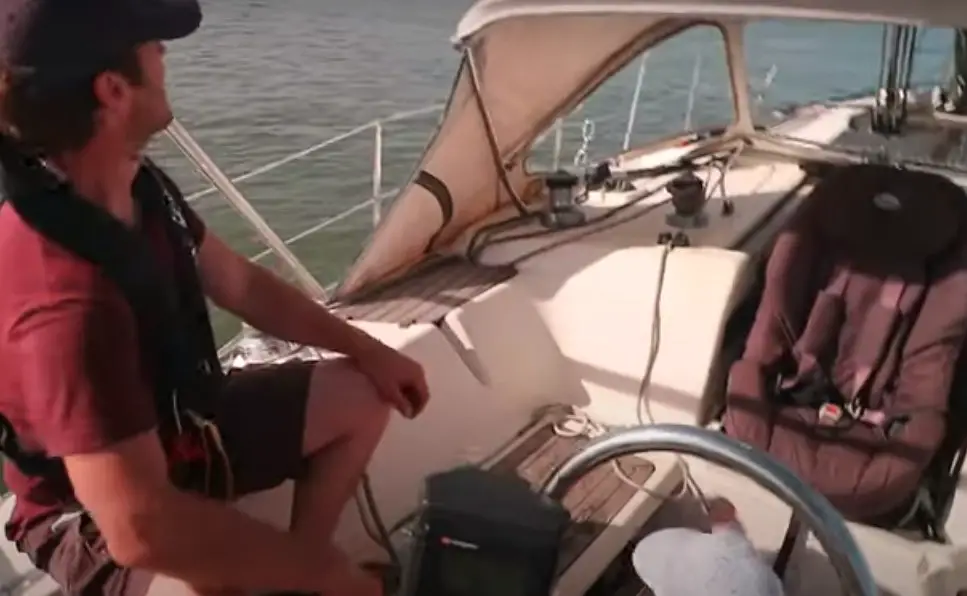Living aboard a boat for first timers can feel a overwhelming. Choosing the right boat to call home can be one of the most important decisions that you ever make. The liveaboard boat you choose will be your home, your mode of transportation, and for some lucky world cruisers, your ticket to see the world.
Every cruiser has their own opinions about what makes for the ideal liveaboard vessel, and factors that are incredibly important to one person may be completely irrelevant to another. Some boaters need enough space down below to entertain guests, while others want a vessel with a compact and cozy cabin that is secure for offshore passages and cheap and easy to maintain.
With that said, there are some essential requirements that apply to all liveaboard vessels. Every liveaboard boat on the planet needs to keep their crew safe and comfortable in all conditions that can be expected to be encountered in the areas where you plan to cruise. She needs appropriate sleeping accommodations for each person who lives aboard, and she needs a safe place to prepare and eat food, use the bathroom and shower, and somewhere to navigate and plan your routes.
In our previous article, “Living Aboard a Boat is Freedom: A Guide to Choosing the Ideal Liveaboard Boat – Part 1”, we covered important considerations with regards to the galley, head, and sleeping arrangements. Next, we will explore other key factors like the cockpit setup, stowage space, as well as heating, cooling and ventilation. We will begin with the cockpit and deck.
A Sailor’s Back Porch – The Cockpit Configuration
Most liveaboard cruisers spend almost as much time in the cockpit as they do down below. It’s in the cockpit where you will steer the boat (unless you are fortunate enough to have a boat with a pilothouse), entertain your friends and family for an evening cruise around the harbor, handle the sails and rigging, read, go for a swim, have a snack, and live a large portion of your life on the water.
If you plan to cruise primarily in the summertime or in tropical regions, you will likely spend even more time up on deck enjoying the sun and the breeze. That’s why the design and layout of the cockpit and topsides are almost as important as the accommodations in the cabin when considering the ideal boat to buy for living aboard.
Size and Configuration of the Cockpit
The first thing to look at is the size and configuration of the cockpit itself. As with many other design features, the ideal setup depends on how you intend to use the boat. If you plan to do mostly coastal cruising in pleasant weather, then a large, spacious cockpit is perfect. With a large cockpit, you have plenty of space for friends to enjoy a sail around the harbor, and you can make use of the space to socialize and have fun in the sun.

If you want to spend more time sailing offshore, a large cockpit can become a potential danger to the boat. Breaking waves are likely to fill the cockpit with water at times, and this can be a problem for the stability and seaworthiness of the vessel – even if it’s only filled with water for a short period of time. A large cockpit easily can hold more than a ton of water, and that’s a lot of extra weight while sailing over large swells, when you need as much buoyancy as possible.
For this kind of sailing, a small cockpit, or even no cockpit but simply a flat aft deck may be the ideal setup. This configuration also gives the added bonus of providing extra space down below.
Whatever the size and shape of the cockpit, it’s important that it’s designed to be self bailing – that way that does get in will quickly drain out again.
Equally important are the lifelines and bow and stern pulpits. Make sure they are strong, securely fastened to the deck, and set to an appropriate height for the crew. If you plan to sail with kids or pets, it’s a good idea to attach netting to the lifelines so that small crew members cannot fall overboard between the safety lines.
Consider the placement and length of the cockpit seats. Will they be comfortable for the type of sailing you wish to do? Are they long enough to fully stretch out for a nap or to rest on during night watch?
How is the access to the Lazarette? Most boat designs incorporate some kind of stowage underneath the cockpit seats, but few of them have given much thought to organization. It’s much easier to stow items in their place when the lazarette is separated into multiple smaller compartments rather than one huge open space. Also, think about access to items at the bottom of the stowage space. A lifejacket or sea anchor is of little use if you have to first empty the lazarette of a half ton of fuel jugs, sails, fenders, cockpit cushions, lines, and other gear just to get it out.
Living Aboard a Boat with a Tiller or Wheel
Is the vessel steered by a tiller or wheel, and if it’s the latter, what is the emergency steering setup? It feels great to stand behind a wheel while pulling up to the dock, but it’s not as impressive when the steering quadrant fails and you have to get a tow back to port. Unlike mechanical or hydraulic wheel steering, a tiller has no small parts that can fail.
Consider the placement of the wheel or tiller and what it will be like to steer the boat in rough seas. Many newer vessels are equipped with dual wheels so that you can steer from the windward side, which can mean better protection from spray and an unobstructed view.
A dodger is almost essential if you plan to do offshore passages, but make sure that it’s easy enough to see through or over it so that it doesn’t reduce the visibility from the helm. Biminis and cockpit awnings can offer great protection from the sun and rain, but again they make for poor visibility while under way.
Whenever I’m delivering a boat with a bimini, I always take it down while under way and then put it back up again while at anchor or at the dock. That way we can see where we are going while sailing, but still enjoy the protection from sun and rain while staying in one place for a longer period of time.
Take a look at the running rigging and go over the procedure required to handle the sails at sea. The ideal vessel for offshore sailing will have all the lines led to the cockpit, so you never have to go forward in rough seas.
Anchoring Set Up
Don’t forget to go over the anchoring setup on any boat you consider buying. If the boat is equipped with an electric windlass, it’s possible to drop and raise the anchor from the cockpit, which can be extremely useful while cruising single or double handed, or with crew who are unfamiliar with your anchoring procedure.

Finally, take a look at the transom, and consider how the design will affect your cruising. Personally, I am a big fan of boats with a swim step on the stern. This makes it easier and safer to get in and out of the dinghy and makes for a fun platform to swim or dive from the boat – but more importantly it also makes it possible to climb back aboard if you fall over the side while underway. Many sailors have died from falling overboard, even while attached to the boat, because they were unable to climb up the steep sides of the hull. It’s a lot harder to haul oneself up over the side than you may think, especially if you are suffering from hypothermia or shock from cold water. A swim step is a nice luxury design feature, but it also might just save your life.
A Place for Everything and Everything in its Place – Stowage Space for Liveaboards
One of the biggest issues that my wife and I have while living aboard our 33 foot sloop is stowage space. For cruisers who live aboard smaller vessels, it becomes an even greater issue. Some boat designers just don’t seem to have put much thought into the need for proper stowage space to keep all your belongings packed away.
But people have been able to find enough space for provisions to cross the oceans on vessels shorter in length than the average dinghy. How do they do it? By taking along only what they absolutely need, and through very serious and well thought out organization.

How Much Space Do You Need?
Many of us want to find space to stow the family car and take along a few extra jet skis on our big cruise, but the reality is that you only really need to bring what you would take along on a camping trip – everything else is extra. For boaters who live on small vessels, it’s imperative to start with the very basic essentials – food, water, clothing, navigation gear, safety equipment – and bring only the most important items along for the ride.
Those of us on larger vessels have a few more options when it comes to supplies, but we still face the challenge of finding enough space to stow everything. That’s why it’s so key to choose a boat that incorporates ample stowage into the design.
When you are considering different boats for living aboard, keep in mind how long you plan to cruise in between pit stops for provisioning. Calculate how much space you will need to stow the food and supplies that you will need for that length of time and make sure that the boat you are considering has ample stowage for your needs. There is nothing worse than having to cut a cruise short because you need to return to port for provisions or toilet paper!
Keeping the Cabin Comfortable – Ventilation, Heating and Cooling
I will never forget the first time I crossed the Equator on a sailboat. I was on a 27 foot boat with no shade whatsoever on deck. Every time I went up topsides, I was burned to a crisp by the equatorial sun, and unfortunately there was no breeze to cool things off either. I had been slowly drifting south in the doldrums for weeks, waiting for a breath of wind.
As bad as things were above deck, down below was even worse. The boat had no fans and the only ventilation was the hatches. By mid afternoon, the temperature in the cabin was often above 120 degrees.
The worst part of it all? I couldn’t dive over the side for a swim either, because we were visited every afternoon by a family of hungry sharks. I once dropped a life preserver in to see what they would do, and it was shredded to ribbons almost as soon as it hit the water. Cooling off in the water obviously wasn’t an option.
Proper Ventilation
Cabin ventilation is not usually a primary concern to most yacht designers, but it is to sailors who have sailed through the tropics. Ever since that first crossing, I have always made a point to make sure every vessel I buy has a set of proper dorade vents, as well as a couple 12 volt electric fans to cool things off down below when there is little or no wind, or when the hatches must be closed to prevent seawater from splashing inside.
Every boat needs some proper vents to let the air in – especially if you plan to use a heater or stove down below. Dorade vents are best because they allow fresh air inside while stopping the spray. The ideal vent will not allow water into the cabin even while the boat is turned upside down.
Air Conditioning
Air conditioning is only for huge yachts or boats that stay permanently at the marina. So for small cruising vessels, insulation is the key to keeping things cool when it’s hot and warm when it’s cold. Ideally, a liveaboard boat will have at least 2 inches of foam insulation around the hull, which also acts as extra flotation as well and makes for a quieter ride.
That said, it’s still nice to have a heater to dry things out when you have loads of wet clothing or sleeping bags down below. Especially if you are cruising in the high latitudes, once the cabin gets wet it’s often very difficult to get things dry again without a heater.
Most cruisers either choose a diesel, propane or solid fuel stove to heat or dry out their boat. I prefer solid fuel myself, because it’s clean, it’s free, and there is an endless supply of driftwood that can be used as fuel on almost every beach in the world.
Whatever heater that you use to keep your boat warm and dry – make sure you carry extra fire extinguishers and have a plan in place in case of a fire. There is nothing more dangerous to a small cruising vessel.
Living Aboard Your Own Boat – The Affordable Path to Freedom
At the end of the day, the best boat for a first time liveaboard is the boat that you can afford now. People live on massive megayachts and people live in refurbished dinghies – they all benefit from the joys of a life at sea.

Ultimately, every boat is a compromise. A large vessel can offer it’s owner a luxurious suite, a full bar and a large jacuzzi on deck, but its ten foot draft will prevent it from entering many shallow bays or motoring up jungle creeks or other fascinating places to explore. A tiny microcruiser may be quite at home in those shallow waters, but fails to provide more than the most basic accommodations.
Sailors who are on a quest to find the perfect boat will be searching for a long time. But anyone can find a nice, safe, moderate sized cruiser that is more than capable of providing a secure place to sleep at night and free transportation – thanks to the winds and the currents – to any corner of the seven seas.
So my best advice is to go small, and go now – move aboard your boat as soon as you can and enjoy the wind while it’s still free. Whatever boat you end up choosing, it will be worth it – there is nothing better than a life on the high seas!
For more information about the liveaboard boating life, don’t miss our complete guide, “The Ultimate Guide to Living Aboard a Boat”.
Every new liveaboard boater needs a high quality source of information to answer all their questions about the cruising life. Thankfully, SailAndProp.com does that and much more. Whether you are a motorboat enthusiast or a blue water sailor, SailAndProp.com has the info you need to hit the water with confidence. The best way to keep up to date with our latest news and content is to subscribe to our newsletter, so don’t forget to sign up today!

